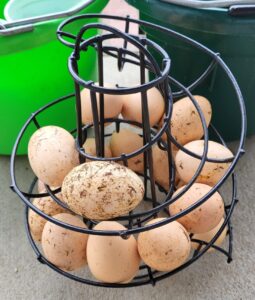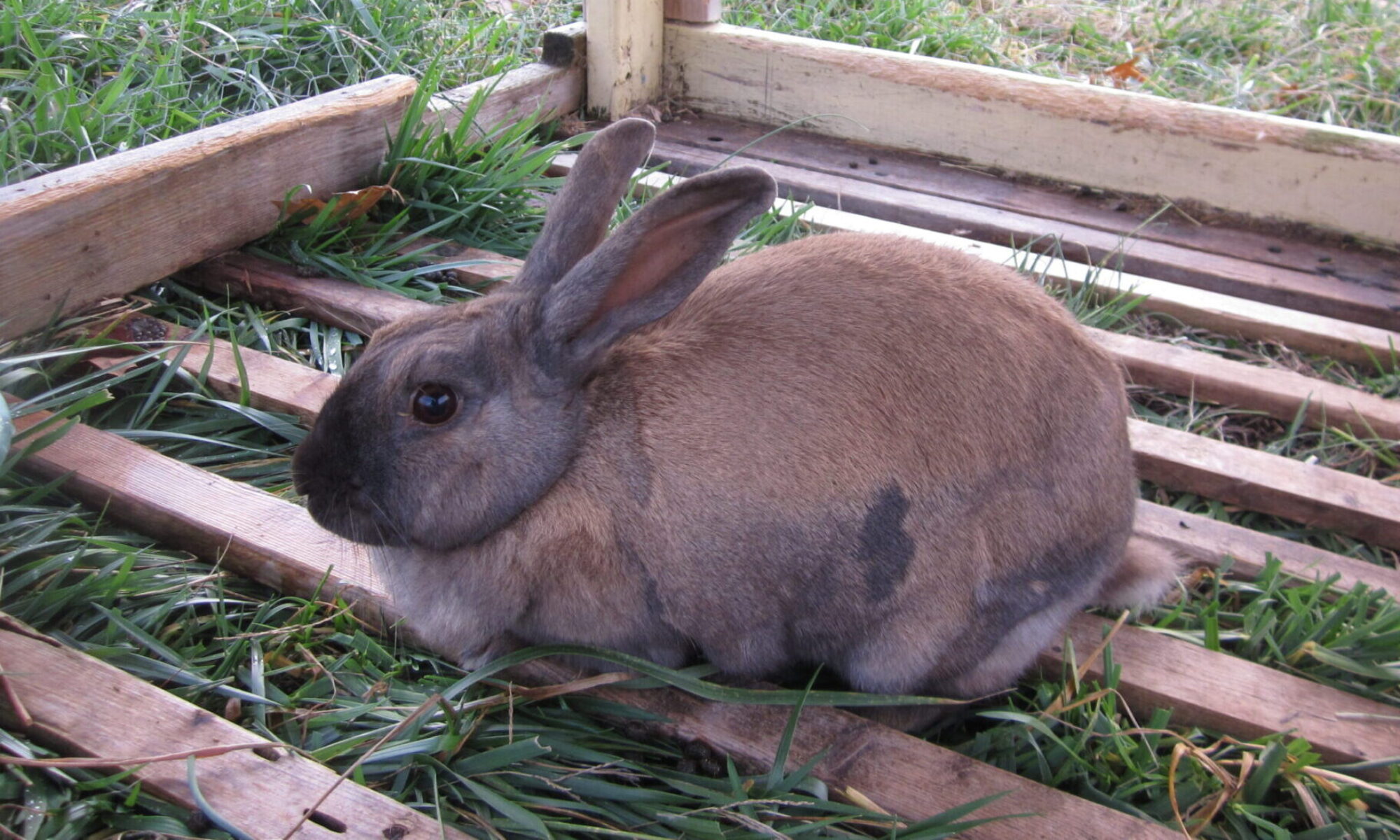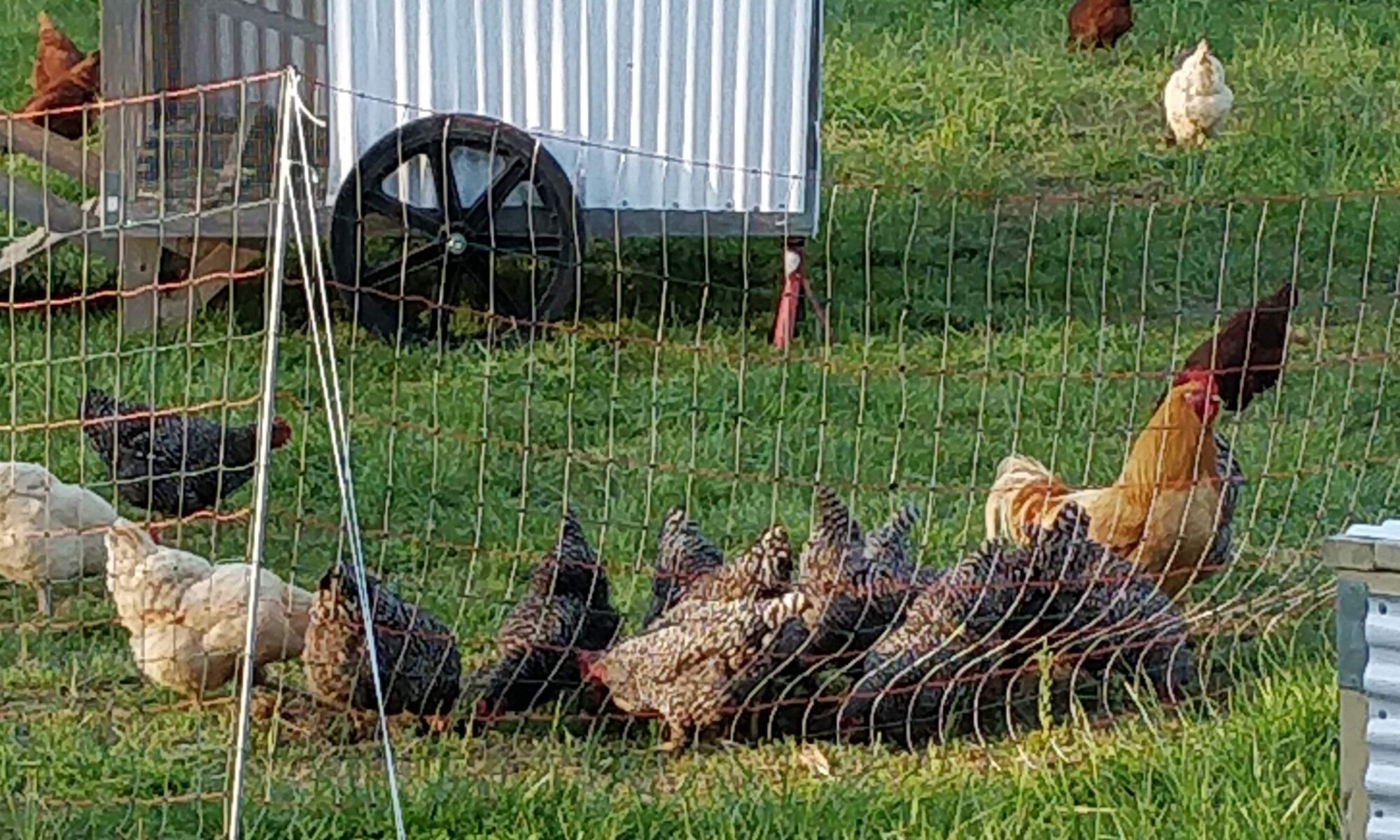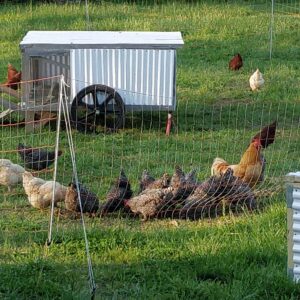So our chickens are eating their eggs, and it is cutting our egg production by 10% (minimum), and makes a mess of the remaining eggs (yolk is on them and bits of straw/hay/nest box material sticks to them!) Ugh!

The big mistake: laziness and not understanding the why around the what I am about to share here.
Justin Rhodes talks about washing and crushing egg shells to feed back to chickens for a good source of calcium. But I didn’t understand the reason to wash and crush the egg shells. It’s because of the egg residue left on them. Chickens love it! And if you don’t crush the egg shells, they can tell by the shape that that tasty residue came from…you guessed it! An egg! More recently I’ve heard you should even possibly “toast” your egg shells to remove the taste entirely.
If you don’t wash, crush, and possibly toast/heat up the egg shells, your chickens will get a taste for egg yolk, which is what they ate while in the egg. (Ah, the good old days.)
If they get a taste for it, they will eat eggs!
So How Do You Fix It?
Some options for remedying this problem:
-
- Calcium supplement – oyster shells – we get a 50lb bag for ~$10 at our farm co-op.
- Golf balls in the nest box to give the birds are sore beak if they are pecking at objects in the nest.
- Roll-away egg boxes (this isn’t an option for us and it doesn’t really fit with God’s design for the chickens in my opinion.)
- Collect the eggs more often – don’t leave any tasty treats for them to eat!
- The Hamilton Beach vacation for those offending hens.
We have tried most of these options and the behavior has settled down quite a bit. #4 above has been the most helpful and… wait, I forgot the best option:
Pray and ask the Lord to change the chickens’ taste buds. Cast your cares on Him because He cares for you! 1 Peter 5:7


